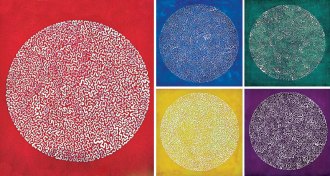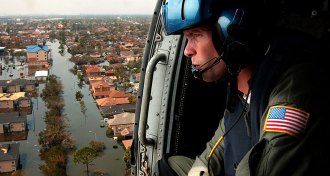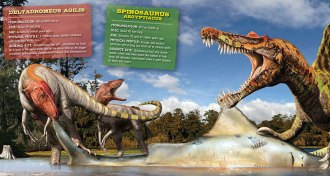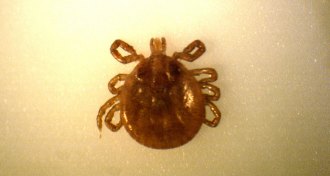All Stories
-
 Neuroscience
NeuroscienceAltered protein makes mice smarter
By tweaking a single gene, scientists have turned average mice into supersmart daredevils.
-
 Quantum Physics
Quantum PhysicsPhysicists get answers from computer that didn’t run
By exploiting the quirks of quantum mechanics, physicists consistently determined what a quantum computer would have done without actually running the computer.
By Andrew Grant -
 Genetics
GeneticsThe human genome takes shape and shifts over time
Scientists are mapping and modeling the 4-D human genome to get beyond its linear structure.
-
 Anthropology
AnthropologyChilean desert cemetery tells tale of ancient trade specialists
Burial site holds clues to ancient trade brokers in Chilean desert.
By Bruce Bower -
 Animals
AnimalsA naturalist recounts birds’ lives in the Scottish Highlands
In Gods of the Morning, a naturalist chronicles how birds and other wildlife withstand the changing seasons in the Scottish Highlands
By Sid Perkins -
 Climate
ClimateKatrina’s legacy: Refining hurricane forecasting
Ten years following Hurricane Katrina’s formation, the storm’s devastating legacy in New Orleans and beyond continues to drive storm forecast improvements.
-
 Animals
Animals‘Prehistoric Predators’ is a carnival of ancient dinosaurs, mammals and more
A new children’s book offers gorgeous illustrations and information for everyone about ancient carnivores.
-
 Science & Society
Science & SocietyA bot, not a Kardashian, probably wrote that e-cig tweet
Some 80 percent of recent e-cigarette-related tweets were promotional in nature, raising concerns that the positive spin is targeting a young audience.
-
 Life
LifeExtinction in lab bottle was a fluke, experiment finds
Extinction in a bottle was a random catastrophe, not survival of the fittest.
-
 Earth
EarthMillions of dollars’ worth of gold and silver found beneath volcanoes
A jackpot of dissolved gold and silver discovered in reservoirs of hot water beneath New Zealand’s Taupo Volcanic Zone.
-
 Neuroscience
NeuroscienceWhistled language uses both sides of the brain
Unlike spoken words, language made of whistles processed by both sides of the brain.
-
 Health & Medicine
Health & MedicineFive reasons to not totally panic about ticks and Lyme disease
We’ve been trained to panic about tick bites and Lyme disease. There are risks to both — and here are some key facts.
By Meghan Rosen